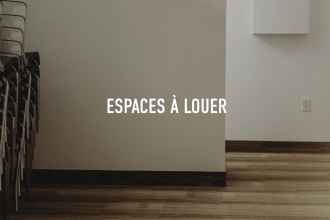Concrete finishing is a great option for kitchens. Apart from being very easy to clean, it is also not susceptible to water damage. And even though the concrete’s natural look is not appealing to many, the good news is that this can be corrected decorative treatments to leave you with a beautiful kitchen floor.
Design options for concrete kitchens
Several treatments can be used to enhance the overall look of a concrete floor. And similar to the concrete itself, all these treatments are strong and permanent; they do not need to be re-applied or refreshed. The treatments include:
Acid-staining
This is one of the most commonly used colouring treatment methods for cured concrete. The stain is basically a blend of inorganic salts, acid, and water that gets applied to the concrete surface, resulting in a chemical reaction that colours the concrete.
Tinted concrete
It involves the addition of powdered pigments to wet mixed concrete to create a colour that’s true through the slab’s full depth. It is often utilized for driveways, patios, as well as other outdoor spaces so that the exposed edges and the walking surface are of similar colour. It’s also applicable for kitchen floors, whereby a solid colour is desired.
Polishing and honing
This process is quite simple. It simply involves taking a grinding or sanding machine to the concrete floor to smoothen and polish the concrete surface. The outcome is a flat and even surface that feels smooth to step on and is easy to clean. It is. However, advisable to use a surface sealer for such floors as they tend to get slippery when wet.
Possible drawbacks of concrete finishing in kitchens
Just like all other flooring material, concrete has its own drawbacks that need to be taken into consideration before committing to getting a concrete floor in your kitchen. Below are some potential drawbacks associated with concrete floors:
Hard
A significant amount of time spent in the kitchen is spent on one’s feet, and standing on a completely unyielding ground such as concrete could be tiring. This can, however, be handled by wearing comfy, cushioned shoes like crocs when working for extended durations in the kitchen.
Cracks
This is a common problem with all concrete structures. A well-constructed concrete slab is unlikely to have major cracking issues, but small and fine cracks are inevitable. If the surface underneath the slab is stable enough, cracking is not an issue anymore other than an aesthetic. A lot of individuals do not mind the look of tiny cracks as it appears to be consistent with concrete’s stone-like and raw appeal.
Cold
Concrete floors can feel cold on the feet, particularly during winter. Kitchen rugs and gel mats can, however, help when the floor feels extremely cold. You could also wear shoes. And if your concrete floor is yet to be installed, you could use in-floor radiant heating.
Like any other material, concrete has its pros and cons, but it is unquestionable that it gives a modern look to the kitchen and is very easy to maintain. If you consider using concrete finishing in your kitchen or still have doubts, talk to one of Concrete Fusion’s experts. They are a company with many years of experience in all types of concrete services. Get in touch with them for an estimate.





